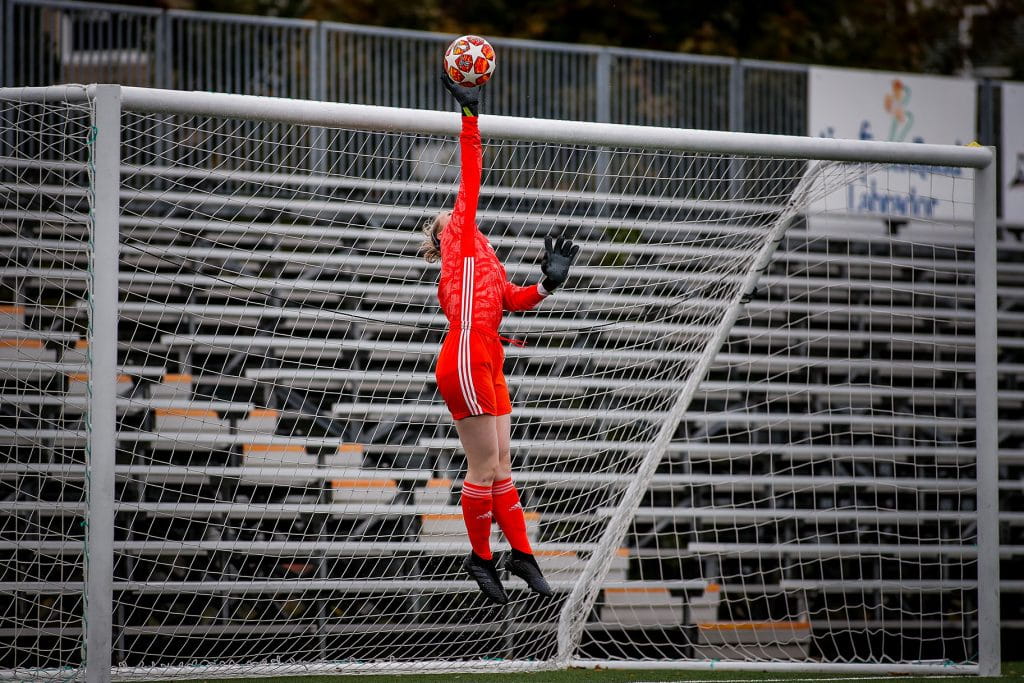The 2023 Women’s FIFA World Cup has reached record-breaking attendance and viewership in 2023. But the gender pay gap rears its ugly head again in women’s soccer. Hosted by Australia and New Zealand, tickets sold early, racing out the door. This has sparked renewed controversy over the relatively poor sponsorship, pay and media rights for women in sport.

2023 Women’s FIFA World Cup has reached record-breaking attendance hosted by Australia and New Zealand.
©Andy Macfarlane/Unsplash
Sales and viewership of this year’s FIFA games seem to justify higher pay and better broadcasting times than before. An estimated 6.3 billion USD of sponsorship revenue was taken by FIFA, associated with the 2022 men’s World Cup. But the FIFA Women’s World Cup has so far reached a relatively paltry 330 million USD. FIFA’s President Gianni Infantino stated that some offers showed disrespect to women’s soccer.
TV Blackouts Avoided
European broadcasting deals were finally agreed to, with only a month to go before the opening match. The European Broadcasting Union (EBU) initially low-balled FIFA for broadcasting rights, and a TV blackout was threatened. Governments of countries in the European Union and Britain pressured the EBU and FIFA to finalise the deal.
The EBU has a widely available free-to-air channel. The deal with FIFA will ensure that the games are shown in thirty-four European countries, up from twenty-eight. The EBU changed its tune from the initial low-ball offer. The network says that women’s soccer will be a cornerstone of its new digital channel, launching next year. They promise to air one hour of women’s soccer per week which FIFA views positively.
Japan too was also negligent in preparing for the tv broadcast of the FIFA Women’s World Cup. Haruna Takata is the head of Japan’s top professional female football league, WE LEAGUE. She started a crowdfunding campaign to fund the broadcast rights and avoid a TV blackout in Japan. Luckily, Japan’s public broadcaster NHK stepped in at the last minute to air the Cup.
Women’s Soccer Under-valued
With record attendance, ticket sales and viewership, the threats of TV blackouts show an antiquated view. Media heads are behind the times when it comes to identifying the advertising value of women’s soccer. Likewise, female athletes complain of slack sponsors. Delays in providing sponsored gear and unreasonable work requirements are common complaints.
England is one of the top nations in the world who support soccer. It’s reported that, there, professional male soccer players in the top tiers all receive sponsorship. Whereas for women’s soccer, usually only the top female players get sponsors. Also, female soccer players are often required to create their own digital content around the sponsorship, whereas males are not. It is clear that women’s soccer organisations and corporate sponsors still have a long way to go in creating a more equitable future for women athletes.
Despite the surging profitability of women’s sports, many professional women athletes are forced to accept unfair sponsorship deals. There is a positive correlation between increased sales and female athlete sponsorship. But while corporations are able to cultivate a positive public image they can be slow to provide the benefits promised.
Public support for women’s soccer around the world is increasing. But the current state of marketing and sponsorship in women’s sport is far from equitable. While positive change has been seen, there is still much work to be done.


